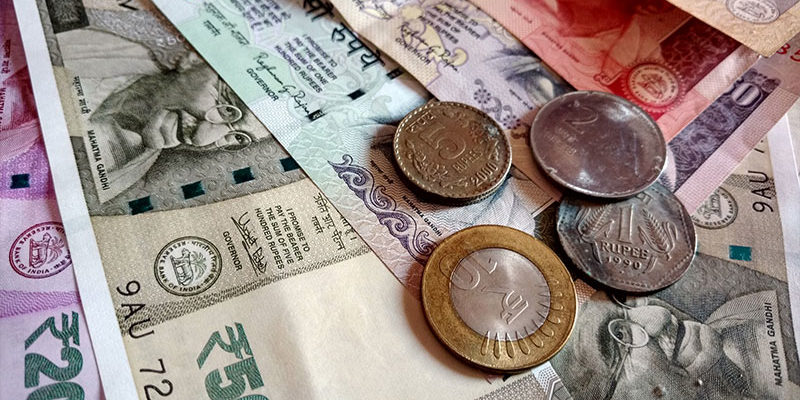Reserve money is the most important form of money supply that functions as the monetary base of an economy. It is also called high-powered money, base money, and central bank money. Reserve money includes all of the currency (currency notes, coin, and e₹) in circulation, in addition to the banks’ deposits with the central bank, deposits of quasi-government and other financial institutions including primary dealers, balances in the accounts of foreign Central banks and Governments, and accounts of international agencies such as the International Monetary Fund, etc. It is the total liability of the Central Bank. RBI depicts the stock of monetary liabilities in the central bank’s balance sheet.
Components of Reserve Money can be written in the following formula.
Reserve money (M0) = Currency in Circulation + Bankers’ Deposits with RBI + ‘Other’ Deposits with RBI.
- Currency in circulation: The currency in circulation is the total value of currency (coins and paper currency) that has ever been issued by the central bank minus the amount it has withdrawn. Currency in circulation comprises currency notes and coins with the public and cash in hand with banks. It is a major liability component of a central bank’s balance sheet. However, when a specified denomination currency note is demonetised, the demonetisation impact is neutralised when the demonetised currency is replaced with newly accepted currency notes
- ‘Bankers’ deposits with the Reserve Bank’: Bankers’ deposits with RBI include balances maintained by banks in the current account with the Reserve Bank mainly for maintaining the Cash Reserve Ratio (CRR) and as working funds for clearing adjustments.
- Other Deposits with the RBI: ‘Other’ Deposits with RBI comprise mainly: (i) deposits of quasi-government and other financial institutions including primary dealers, (ii) balances in the accounts of foreign Central banks and Governments, (iii) accounts of international agencies such as the International Monetary Fund, etc.
The sources of RBI liabilities towards the above (asset side)
i) Net RBI Credit to Government of which to Centre
ii) RBI Credit to Banks and Commercial Sector o/w: to Banks (includes NABARD)
iii) Net Foreign Exchange Assets of RBI
iv) Govt.’s Currency Liabilities to the Public
v) Net Non-Monetary Liabilities of RBI
Read the following money supply and inflation-related posts.






